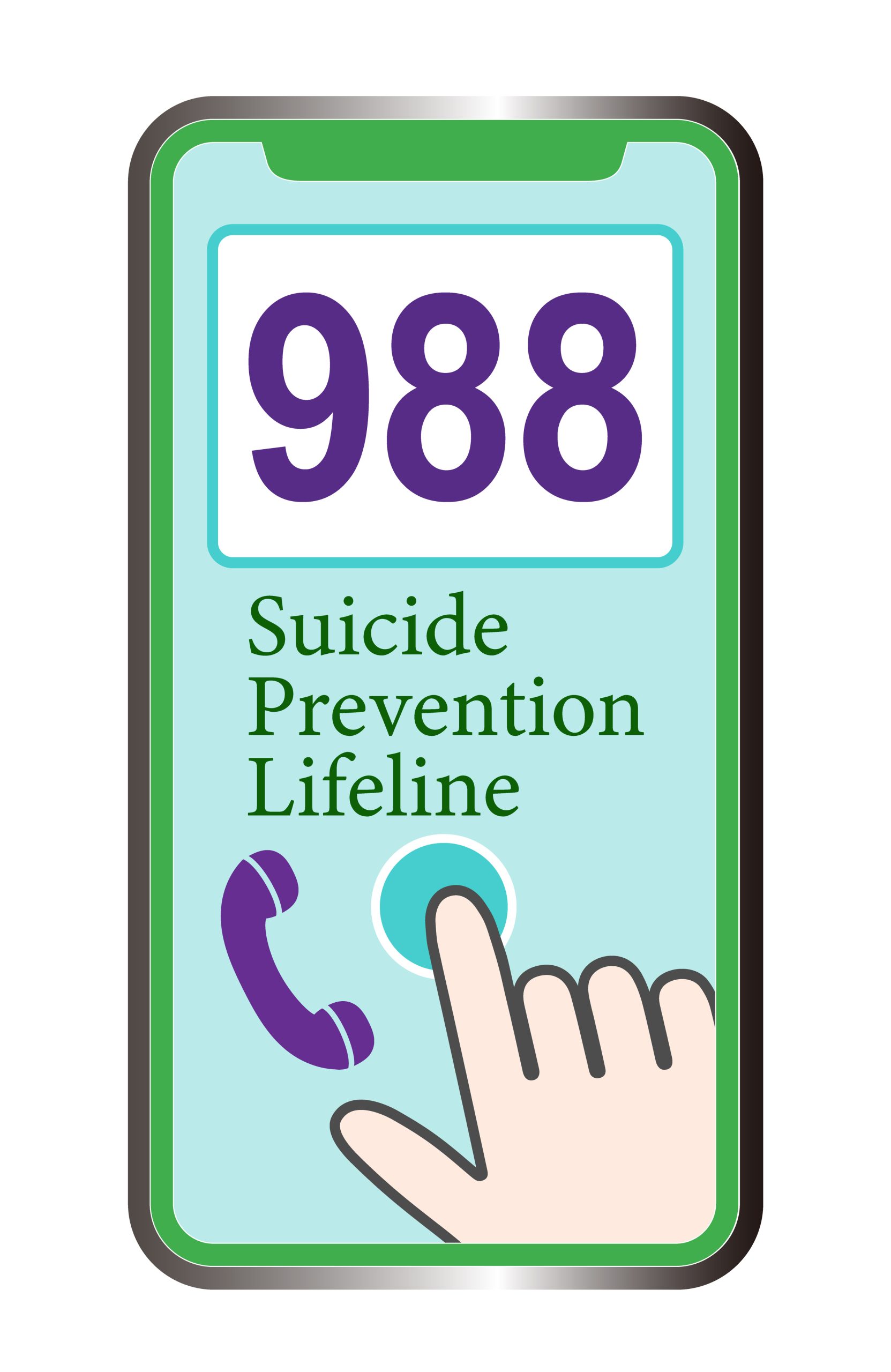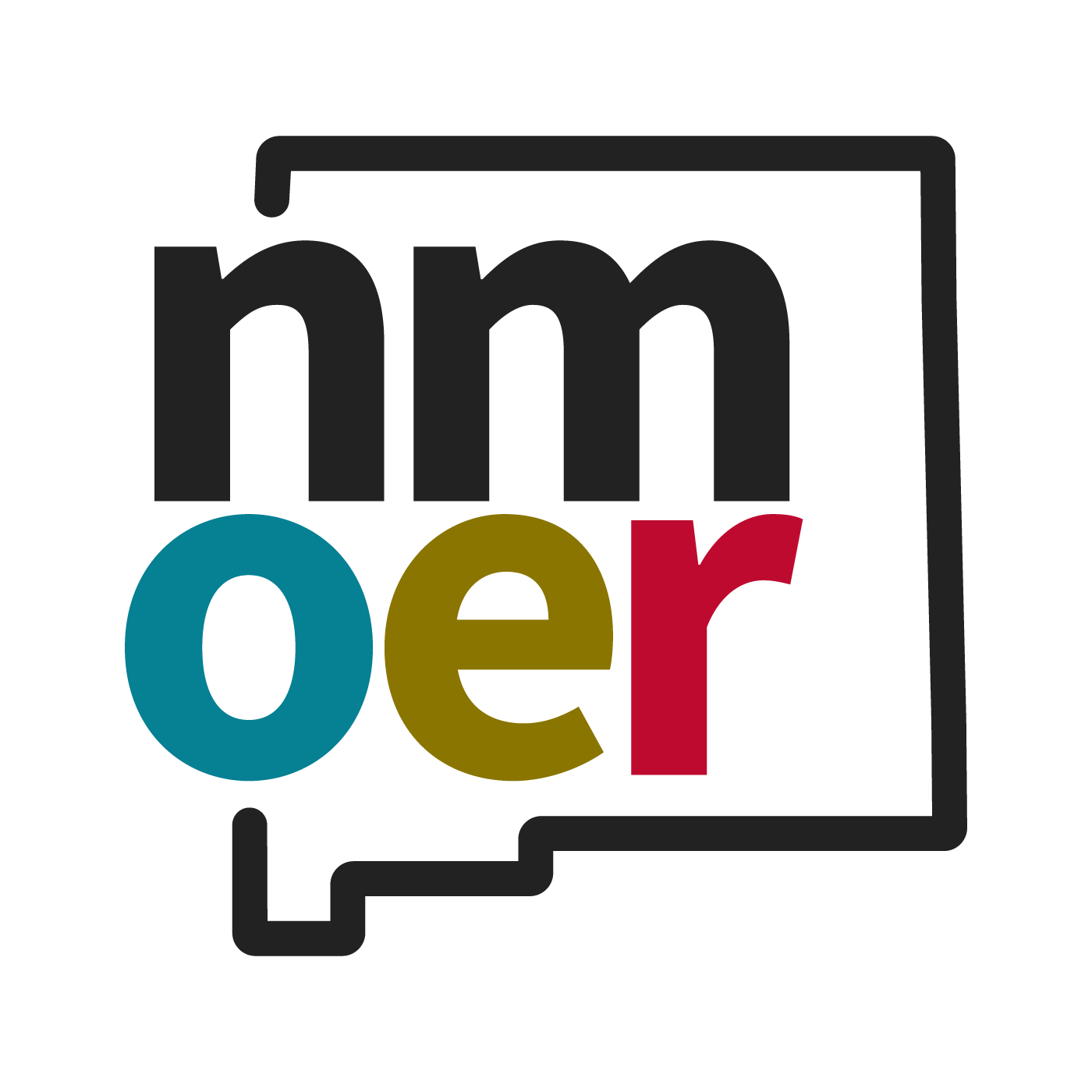Chapter 14: Inclusivity and Communication
Chapter Learning Objectives
- 14.1 Demonstrate respectful and inclusive communication practices. (SLO 1, 2, 5)
- 14.2 Apply effective email etiquette by composing clear, grammatically correct messages that include appropriate subject lines, 14.3 identification, and tone suitable for professional business environments. (SLO 1, 2, 5)
- Identify and respond appropriately to violations of communication norms, including addressing appropriate behavior and escalating concerns through proper channels. (SLO 1, 2, 5)

Effective communication is at the heart of creating an inclusive workplace. Inclusivity ensures that every individual, regardless of their background, feels valued, respected, and heard. Combining thoughtful language, inclusive practices, and the ability to navigate special considerations enables professionals to foster collaboration and mutual respect.
Moreover, addressing misunderstandings with empathy and respect strengthens relationships and builds trust. In this chapter, we explore the principles of inclusive language, strategies for addressing special considerations, and methods for managing misunderstandings with grace and professionalism.
Inclusive Language and Practices
Inclusive language ensures that communication reflects respect for diverse identities and experiences. It avoids assumptions and stereotypes, fostering an environment where everyone feels welcomed and valued. Inclusive language demonstrates respect, fostering trust among colleagues and clients. Individuals are more likely to participate and contribute when they feel respected and included. Thoughtful communication reduces the risk of marginalizing individuals based on their identity or experiences.
First, avoid stereotypes. This starts from understanding what generalizations you make based on gender, ethnicity, age, or other characteristics. For example, avoid statements like “Women are naturally better at multitasking.” When able, try to use gender-neutral terms, especially for groups of people. Replace terms like “chairman” or “policeman” with inclusive alternatives like “chairperson” or “police officer.” Be mindful of everyone’s abilities vs. Disabilities. Avoid language that diminishes individuals with disabilities. For example, say “a person who uses a wheelchair” instead of “wheelchair bound.”
Using inclusive language can help everyone feel more comfortable from the start. It is common to say “hey guys” with a group of friends, but using greetings like “Hello, everyone” in a professional environment can help avoid gendered language. Similar to focusing on a person’s abilities vs. Disabilities is emphasizing “People-First Language.” For instance, use the phrase “a person with diabetes” instead of “a diabetic.” Whenever possible, avoid idioms and jargon. Simplifying language to ensure clarity and accessibility for non-native speakers or individuals unfamiliar with industry-specific terminology.
Understanding and Addressing Special Considerations
Inclusivity also involves accommodating the unique needs and circumstances of colleagues, clients, and stakeholders. Being mindful of special considerations ensures equitable treatment and access.
Everyone can help ensure that meeting rooms, workstations, and facilities are accessible for individuals with physical limitations. Remember, you might not always see someone’s physical limitation, but asking if anyone has any considerations can help a team get on the same page to get the job done. Many businesses and schools have the ability to incorporate tools such as screen readers, closed captioning, or voice-to-text software to support individuals with visual or hearing impairments. Providing materials in multiple formats, such as written documents, visual aids, or recorded presentations, can help accommodate different learning styles and cognitive needs.
Cultural and Religious Considerations
Start with avoiding assumptions. Don’t assume all employees celebrate the same holidays or have similar beliefs as you do. Organizations can help all employees stay mindful of holidays or fasting periods, such as Ramadan or Yom Kippur and schedule meetings or events accordingly. If you feel your religious considerations are not known to your work team, start with an educational perspective to let others know more about your practices and needs. Large events or organizations will often offer diverse food options to accommodate religious, cultural, or health-related dietary needs, such as halal, kosher, or vegetarian meals.
Addressing Emotional and Mental Health Needs
Mental health is often the “unseen” need of employees. Everyone from bosses to co-workers can encourage mental health support. If a friend or co-worker trusts you to open up about their mental health, try to listen non- judgmentally and respect confidentiality. Unless you are a trained mental health expert, consider helping the other individual get professional help if their needs persist or are greater than a “vent” session. You might empathize with them, but you don’t have to solve their problems for them. Organizations can promote access to resources such as counseling or employee assistance programs. If your boss knows you are having a mental health challenge, sometimes, they can offer flexibility like remote work or flexible hours to accommodate mental health needs or caregiving responsibilities.
If you are experiencing a mental health need, calling 988 in most communities will connect you with free, quality, and one-on-one assistance from judgement-free counselors.

Managing Misunderstandings Respectfully
Even with the best intentions, misunderstandings are inevitable in diverse environments. Managing them with respect and empathy ensures that conflicts are resolved constructively. Variations in communication styles, such as directness or use of silence, may lead to confusion. For instance, while some cultures value brevity, others prefer detailed explanations. Misinterpretations can arise when individuals communicate in a non- native language or use unfamiliar idioms or slang. Assumptions based on stereotypes can lead to miscommunication. For example, assuming a younger employee lacks experience may create friction.
Click on each heading to read tips to addressing misunderstandings:
Stay Calm
Approach the situation with a calm and open demeanor, focusing on resolving the issue rather than assigning blame.
Clarify Intentions
If your words or actions are misunderstood, explain your intent clearly. For example, “I meant to highlight the data trends, not to criticize your approach.”
Seek Understanding
Encourage the other person to share their perspective, using questions like, “Could you help me understand how you interpreted that?”
Apologize When Necessary
If your words or actions caused offense, offer a sincere apology and outline steps to prevent recurrence. For example, “I’m sorry if my comment came across as dismissive. I value your contributions and will be more mindful moving forward.”
Click on each heading to read tips to preventing future misunderstandings
Practice Active Listening
Pay attention to both verbal and non-verbal cues to better understand others’ perspectives.
Encourage Feedback
Create an environment where colleagues feel comfortable providing feedback on communication styles or behavior.
Learn from Mistakes
Reflect on misunderstandings to identify areas for improvement in future interactions.
Conclusion
Inclusivity and communication are integral to creating a workplace where everyone feels respected and valued. By adopting inclusive language, addressing special considerations, and managing misunderstandings respectfully, you contribute to a more equitable and harmonious professional environment.
These practices not only strengthen individual relationships but also enhance organizational culture, fostering collaboration, trust, and mutual respect. By continuously learning and adapting, you can become a more inclusive and effective communicator, empowering those around you to thrive.
How to cite this chapter:
Hamby, C., McNack, L. and Wooldridge, T. (2025). Chapter 14: Inclusivity and Communication. In Pouska, B. (Ed.), Business Professionalism. New Mexico Open Educational Resources Consortium Pressbooks. https://nmoer.pressbooks.pub/businessprofessionalism/
Licenses and Attributions
Original chapter source: Adapted from Navigating the Professional World: A Guide to Business Etiquette by Courtney Hamby, Leshay McNack, and Tena Wooldridge.


